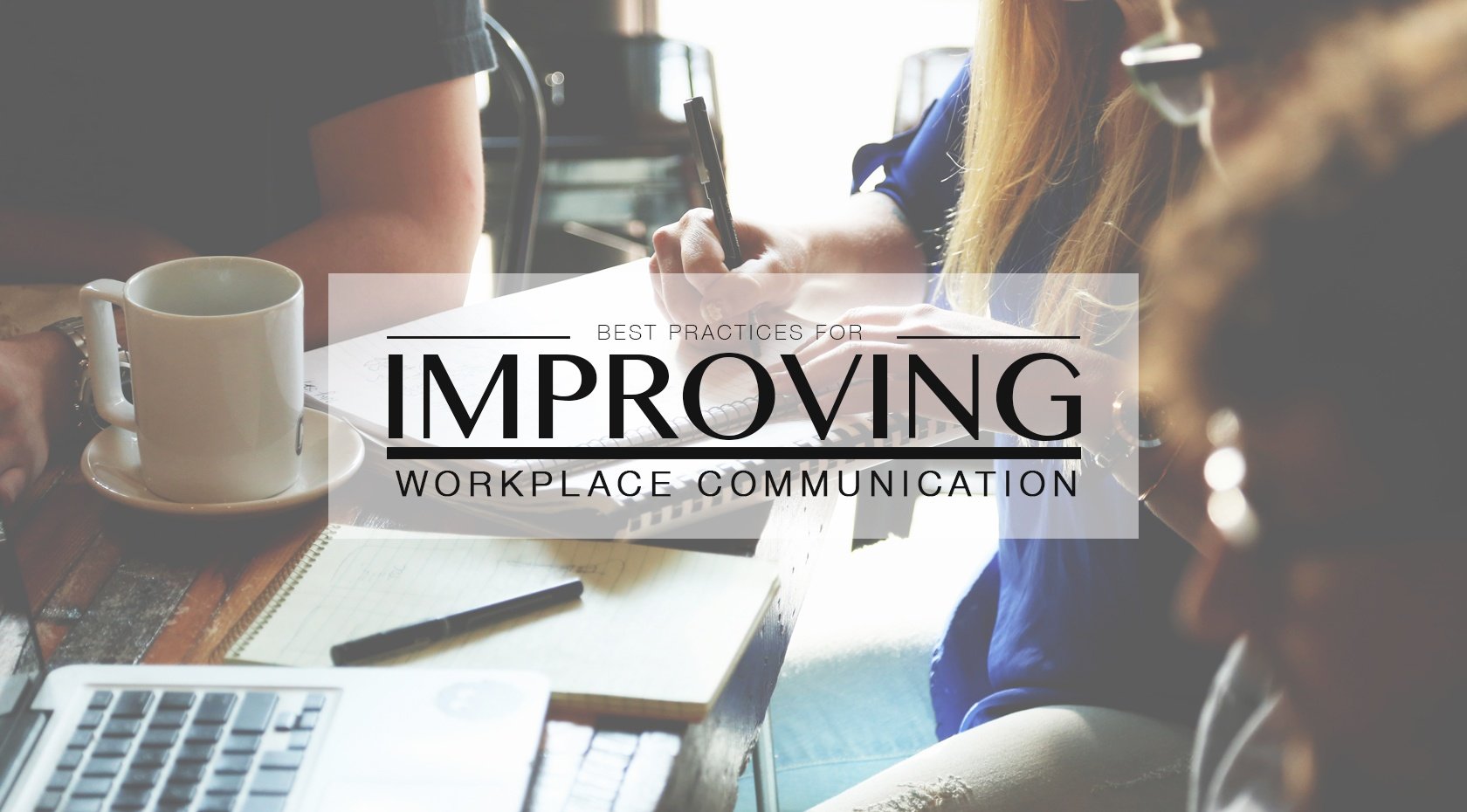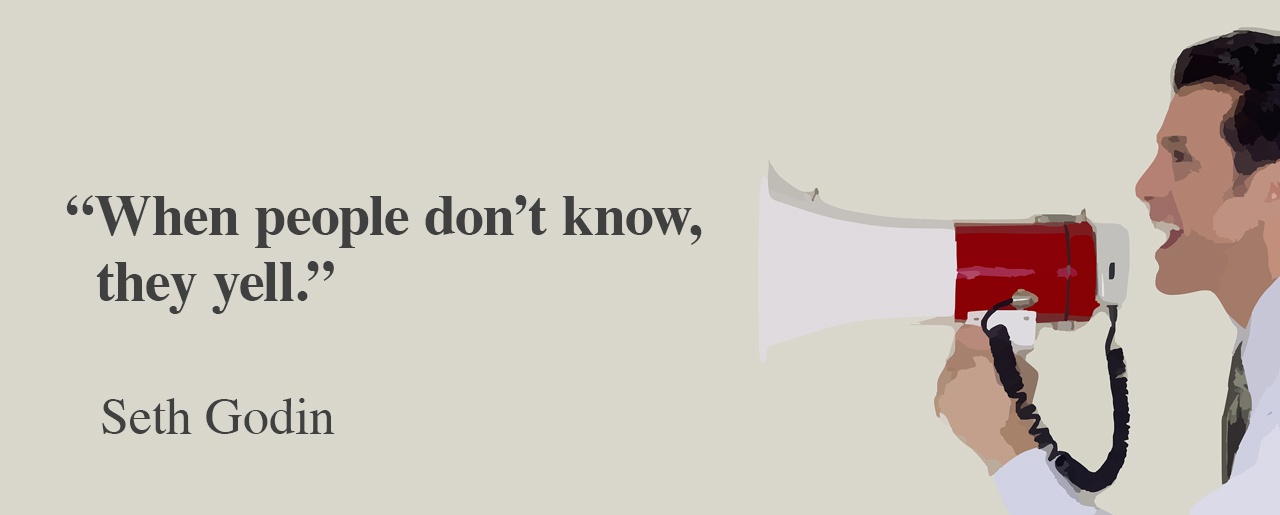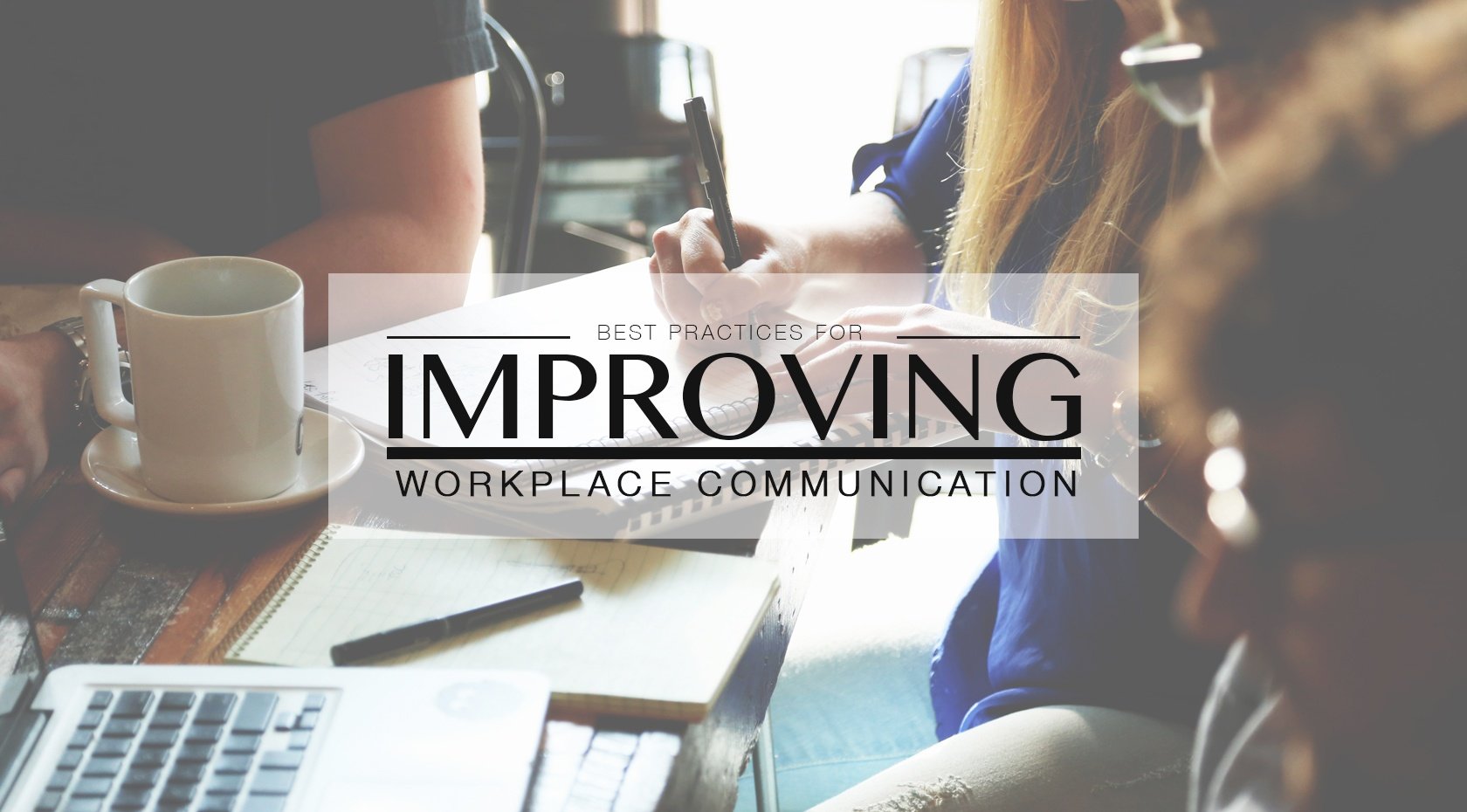 In our hyperconnected world, communication tools are all around us. Smartphones, computers, social media — we literally have the world at our fingertips.
In our hyperconnected world, communication tools are all around us. Smartphones, computers, social media — we literally have the world at our fingertips.
But in a world with so many ways to connect, we can actually become disconnected and distracted — especially in the workplace.
Multiple means of message delivery, poor discussion habits, and disorganized communication methods:
- decrease company efficiency
- decrease employee productivity
- decrease employee morale
- decrease employee retention
- decrease customer satisfaction
- decrease product quality
- decrease innovation and advancement within the business
As a business owner, you need to make sure excellent communication methods are a priority within your organization if you want to expand, acquire and retain talent, create new products and services, and grow your customer base.
The following best practices will teach you how to manage and improve communication in the workplace to help you reach your business goals faster.
 Create Clear Communication Guidelines
Create Clear Communication Guidelines
Quality communication habits start with setting expectations. Create clear communication guidelines for your company. Then, present it to all new employees and regularly revisit it with seasoned staff so the team understands its importance.
The guide should lay out rules for all communication methods and tasks. We live in a world with dozens of communications methods. Your communication plan needs to include clear instructions on how to manage each of those methods. Include rules for:
- phone
- texting
- instant messaging
- social media
- memos
- facsimile
- file sharing programs
- project management programs
- client relationship management programs
The communication guide should outline best practices for:
- Purpose: What is the primary purpose of the communication method? To ask time-sensitive questions? To delivery reports? To provide updates?
- Etiquette: What requests are acceptable through that communication method? Is an instant message the appropriate method for placing a new order or assigning a task? Is a text in the evening the right way to ask for a financial number?
- Response Expectations: How fast should someone reply? Immediately? Within an hour? A few days?
- Engagement: How often should someone check their email? Look for new tasks in the project management software?
Laying out guidelines will get your team on the same page, decrease confusion and frustration, and set accountability standards.
Set Communication Expectations

Along with best practices for communication methods, provide your team with directions on how to communicate clearly and in a way that will create a productive work environment.
These guidelines can help colleagues find resolutions faster and decrease tension that may arise during difficult conversations.
- Seek to understand first. Before imposing your opinion or perspective on a topic, see the perspective of the person delivering the message.
- Don’t make assumptions. Ask for clarification if you need it.
- Be a good listener. Show interest by acknowledging what the other person is saying.
- Don’t interrupt. If someone is speaking, let them finish before you begin.
- Wait for your turn. If you need to talk to someone and they are busy, ask them to schedule a meeting. Never interrupt them while in another meeting or on a phone call.
- Pay attention to your body language. Without realizing it, you can appear standoffish or aggressive when using body language such as closed arms, sitting far back in your seat, and looking away or around the room when someone is talking. Be mindful of your body language and present an approachable appearance.
- Use the word “I” instead of “you” in conversations. Using the word “you,” can redirect the meaning of your message and sometimes imply blame.
- Avoid asking questions that start with “why?” Sentences that begin with “why” can feel like an accusation so try positioning why-questions with phrases like “Help me understand… “ or “Can you explain…”
- Avoid absolute terms such as “never” and “always.” Absolute terms can make a conversation feel final and close off opportunities for further discussion.
Giving your team guidelines to help them communicate clearly and professionally will positively impact the productivity of meetings and the way your employees feel after meetings.
Stress Communication Best Practices with Management
While communication best practices need to be embraced by an entire company, it is especially important for top-level managers to incorporate them into their day to day. Business culture flows from the top down, so the way your management team communicates will directly impact the way the rest of the company interacts.
Work closely with your management team to make sure they understand and utilize these best practices.
- Choose the appropriate setting. If you need to have a difficult, private conversation with one person, don’t rush to their desk and start the conversation there. Have the conversation in the appropriate venue such as a private office or meeting room.
- Choose the appropriate audience. Only have meetings with people who need to be involved. While a group meeting is great for providing general information and praise, it may not be the place to have a discussion about a topic or situation that only relates to only one or two people.
- Assign a lead for each meeting. At the beginning of the meeting, the lead should set expectations by clearly stating the agenda and goal of the meeting. They will bring the conversation back if it derails.
- Stay on track. Don’t redirect conversations or get side tracked by other thoughts. If unrelated thoughts come to your mind during a meeting, jot down a note. Don’t change the topic or redirect it mid-conversation.
- Stay calm. During a difficult or heated conversation, it can be easy to let emotions control the conversation. Always take a break to collect yourself if you feel that a conversation is spiraling out of control.
- Ask for feedback. After meetings, ask a close colleague or peer to provide feedback about how you delivered your message and handled questions or comments from others.
- Identify employees that are struggling with communication and work with them. For some employees, communication may not be their strong suit. Identify those employees and provide one-on-one guidance to improve their communication skills if necessary.
When management communicates in a way that is direct yet respectful, the company will have happier, more engaged employees and managers.
Use the Right Tools

Having guidelines is not enough. You need to incorporate tools to help you manage and improve your communication.
Put your guidelines in writing. Publish guidelines to reinforce the standards and help hold employees accountable for the terms.
Create an online resource. Make sure that guidelines are easy for employees to review and reference. In addition to a printed manual, add your guidelines and company policies to an inter-office web platform that is easy to access and update.
Present training videos. Provide a more engaging, digital version of your guidelines, policies, and procedures by using digital signage and videos. Multi-media platforms are an excellent way to convey information in a way that audiences enjoy and respond to.
When you simplify and improve the communication methods in the workplace, you will see an almost immediately uplift in employee morale and productivity. Your business will benefit with more streamline processes and lower level of resistance. Customers will be happier and so will you.
